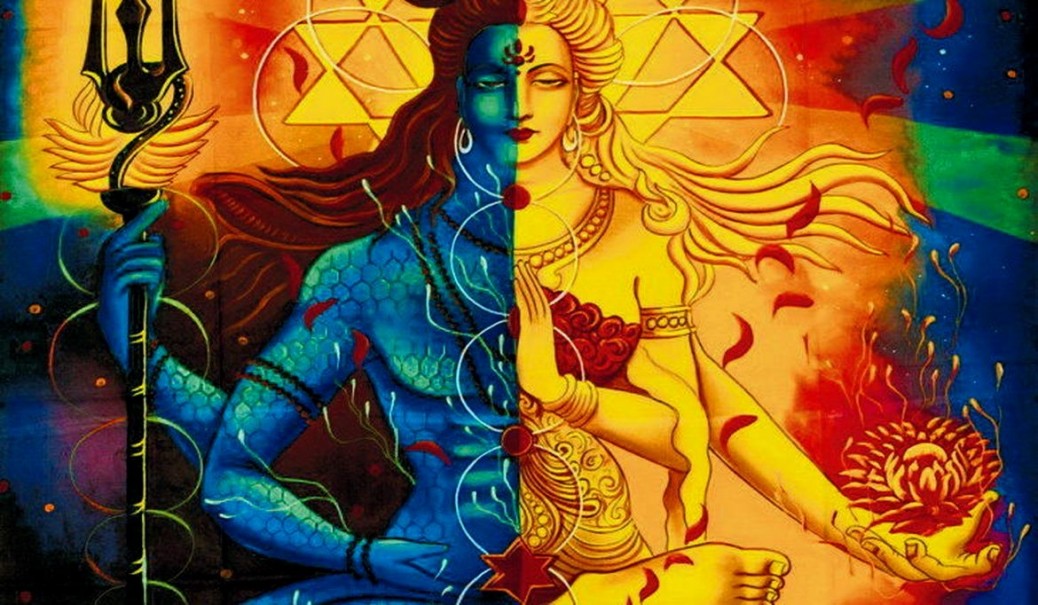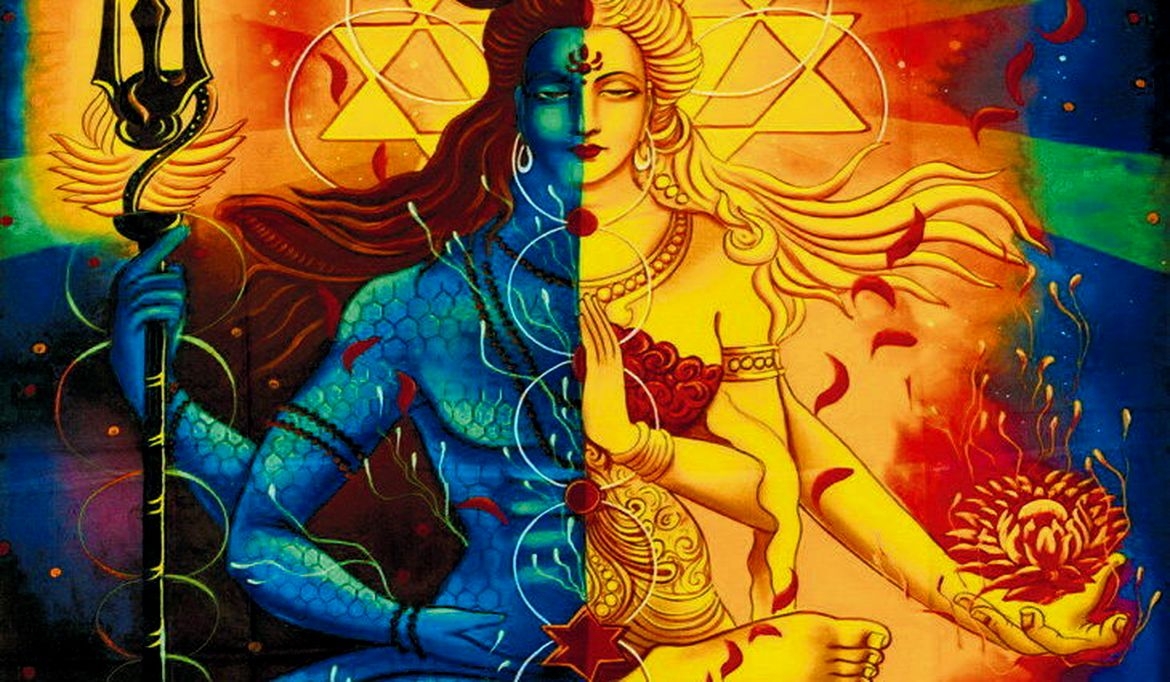VBT – Meditation 88.1
Right Mindfulness
Buddha called it samyak smriti – right-mindfulness. He said that your mind is not in a right- mindfulness if it knows only one point. It must know both. And then a miracle happens: if you are aware of both the known and the knower, suddenly you become the third – you are neither. Just by endeavouring to be aware of both the known and the knower, you become the third, you become a witness. A third possibility arises immediately – a witnessing self comes into being – because how can you know both? If you are the knower, then you remain fixed to one point. In self-remembering you shift from the fixed point of the knower. Then the knower is your mind and the known is the world, and you become a third point, a consciousness, a witnessing self.
This third point cannot be transcended, and that which cannot be transcended is the ultimate. That which can be transcended is not worthwhile, because then it is not your nature – you can transcend it.
I will try to explain it through an example. In the night you sleep and you dream. In the morning you wake and the dream is lost. While you are awake there is no dream; a different world comes into your view. You move in the streets, you work in a factory or in an office. Then you come back to your home, and again you fall asleep at night. Then this world that you knew while you were awake disappears. Then you don’t remember who you are. Then you don’t know whether you are black or white, poor or rich, wise or foolish. You don’t know anything. You don’t know if you are young or old. You don’t know if you are a man or woman. All that was related with the waking consciousness disappears; you enter the world of dreams. You forget the waking world; it is no more. In the morning, again the dreaming world disappears. You come back.
Which is real? – Because while you are dreaming, the real world, the world that you knew when you were awake, is no more. You cannot compare. And while you are awake, the dreaming world is no more. You cannot compare. Which is real? Why do you call the dreaming world unreal? What is the criterion?
If you say, ‘Because it disappears when I am awake,’ this cannot be the criterion, because your waking world disappears when you are dreaming. And really, if you argue this way, then the dreaming world may be more real, because while you are awake you can remember the dream, but while you are dreaming you cannot remember the waking consciousness and the world around it. So which is more real and more deep? The dreaming world completely washes away the world that you call real. Your real world cannot wash away the dreaming world so totally; it seems more solid, more real. And what is the criterion? How to say? How to compare?
Tantra says that both are unreal. Then what is real? Tantra says that the one who knows the dreaming world and the one who knows the waking world, he is real – because he is never transcended. He is never cancelled. Whether you dream or whether you are awake, he is there, uncanceled.
Tantra says that the one who knows the dream, and the one who knows that now the dream has stopped, the one who knows the waking world, and the one who knows that now the waking world has disappeared, is the real. Because there is no point when it is not; it is always there. That which cannot be cancelled by any experience is the real. That which cannot be transcended, beyond which you cannot go, is your self. If you can go beyond it, then it was not yourself.
This method of Gurdjieff’s, which he calls self-remembering, or Buddha’s method, which he calls right-mindfulness, or this tantra sutra, lead to one thing. They lead within you to a point which is neither to the known nor the knower, but a witnessing self which knows both.
Tags: Right Mindfulness




